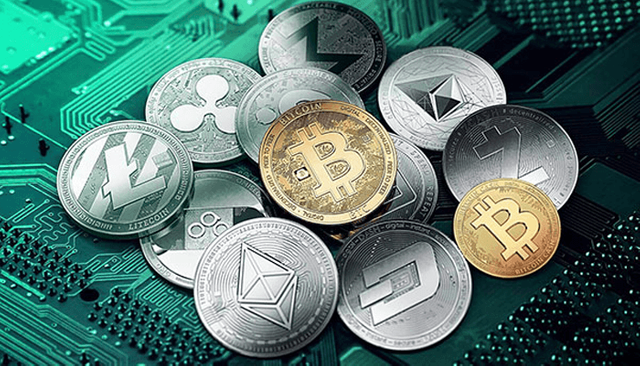
In the rapidly evolving world of digital assets, transforming your innovative ideas into tokens is a powerful way to leverage blockchain technology. Whether you're a startup, a developer, or an entrepreneur, creating and managing your own digital asset can unlock new opportunities, enhance your project's value, and engage your audience in unprecedented ways. This guide will walk you through the essential steps to turn your concept into a successful digital token.
1. Understanding Tokenization
Tokenization refers to the process of creating a digital representation of an asset or value on a blockchain. Tokens can represent a variety of things, including:
- Utility Tokens: Provide access to a specific service or product.
- Security Tokens: Represent ownership in an asset or company and are often subject to regulatory requirements.
- Non-Fungible Tokens (NFTs): Unique tokens representing ownership of a distinct item or piece of content.
- Stablecoins: Pegged to a stable asset like a fiat currency to minimize volatility.
Understanding the type of token that best fits your idea is crucial for its success.
2. Defining Your Concept
Before diving into technical details, clearly define your idea:
- Purpose: What problem does your token solve or what value does it provide?
- Target Audience: Who will use or invest in your token?
- Use Case: How will the token be used within your ecosystem?
A well-defined concept will guide your token's design and development.
3. Choosing the Right Blockchain Platform
Selecting the right blockchain platform is a critical decision. Popular platforms include:
- Ethereum: Known for its robust smart contract functionality and widespread use.
- Binance Smart Chain: Offers lower fees and faster transactions compared to Ethereum.
- Polygon: Provides a scalable solution for Ethereum-based projects.
- Solana: Known for high-speed transactions and low costs.
Consider factors like transaction speed, cost, and scalability when choosing your platform.
4. Designing Your Token
Designing your token involves defining its properties and functionalities:
- Name: Choose a unique and memorable name for your token.
- Symbol: Create a short, recognizable symbol for your token (e.g., BTC for Bitcoin).
- Total Supply: Determine the maximum number of tokens that will ever be created.
- Decimal Places: Decide how divisible your token will be.
You’ll also need to define its functionality, such as how it will be used in transactions or smart contracts.
5. Developing and Deploying Your Token
Developing a token involves writing and deploying smart contracts. Here’s a simplified process:
- Smart Contract Development: Write the code for your token using a language like Solidity (for Ethereum) or Rust (for Solana). Ensure the code includes all token functionalities.
- Testing: Rigorously test your smart contract on a testnet to identify and fix any issues.
- Deployment: Deploy your smart contract on the mainnet of your chosen blockchain platform. This step typically involves paying a gas fee.
If you're not comfortable with coding, you can use platforms like TokenMint or CoinFactory, which provide user-friendly interfaces for token creation.
6. Creating a Management Strategy
Managing your token involves several key activities:
- Marketing: Promote your token through various channels, including social media, press releases, and partnerships.
- Community Engagement: Build and engage with a community around your token to foster loyalty and adoption.
- Regulatory Compliance: Ensure that your token complies with relevant regulations to avoid legal issues. This might include registration, disclosures, and adherence to local laws.
- Governance: Implement a governance model if your token involves community decisions or voting.
7. Monitoring and Scaling
After launch, continuously monitor your token’s performance and user feedback:
- Analytics: Track metrics such as transaction volume, user engagement, and market value.
- Updates: Regularly update your smart contract or token features based on feedback and technological advancements.
- Scaling: Plan for scaling solutions to handle increased demand and transaction volume.
8. Future Considerations
As you scale, consider the following:
- Integration: Look for opportunities to integrate your token with other platforms and services.
- Partnerships: Form strategic partnerships to enhance your token’s utility and reach.
- Innovation: Stay abreast of emerging technologies and trends to keep your token relevant.
Conclusion
Transforming your ideas into tokens involves more than just technical execution—it requires careful planning, strategic thinking, and ongoing management. By understanding the fundamentals of tokenization, defining your concept, choosing the right platform, and effectively managing your digital asset, you can create a successful token that adds value to your project and resonates with your audience.
Embrace the opportunities that tokenization offers and turn your innovative ideas into impactful digital assets.